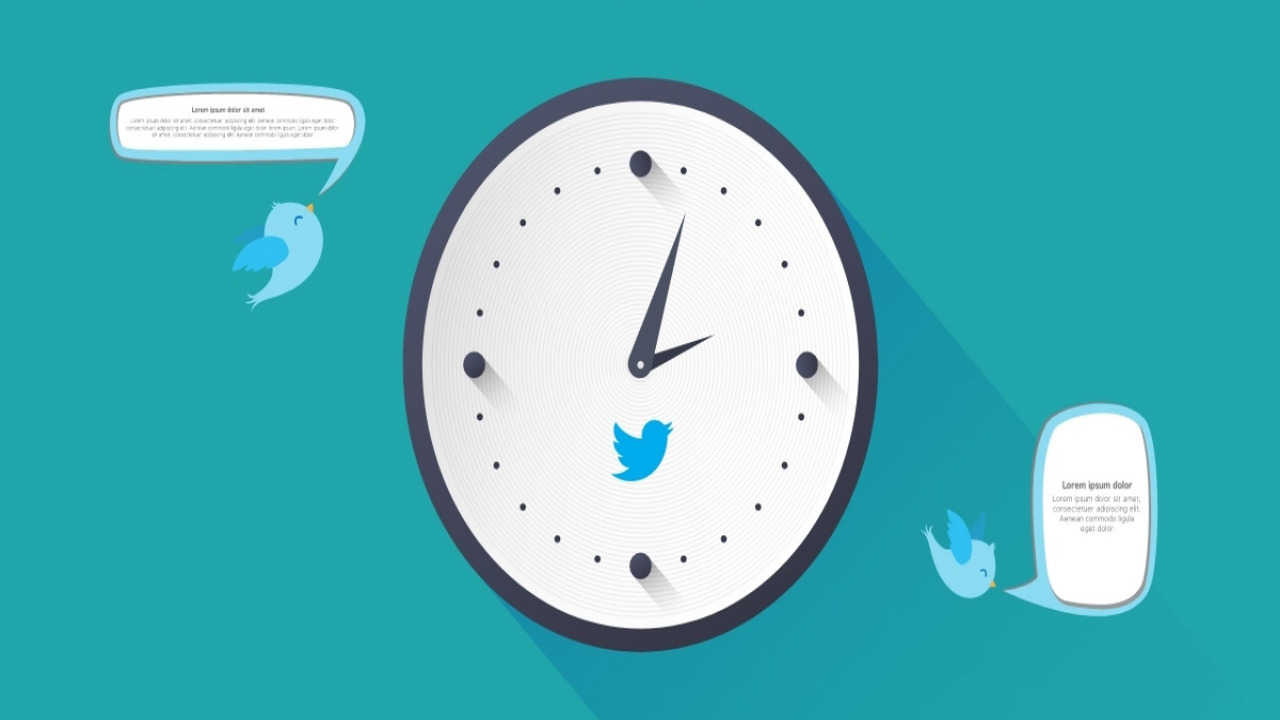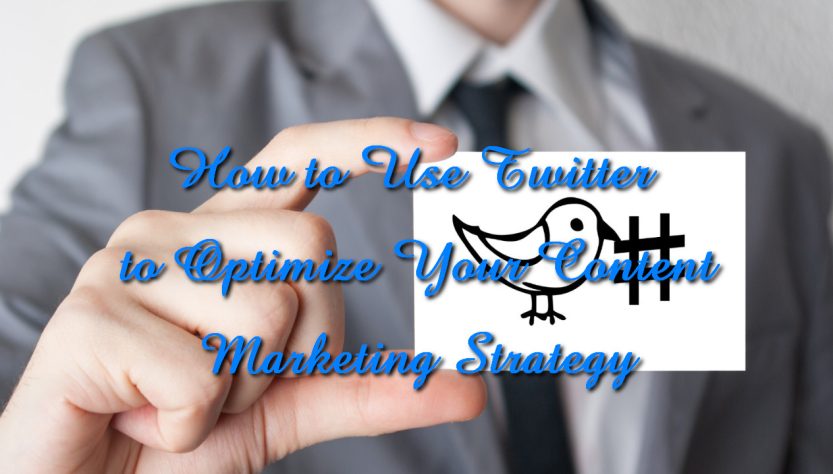Are you looking for a way to increase the visibility of your brand and reach more potential customers? Using Twitter can help you do just that. But how do you use this social platform to get the most out of it? Twitter is one of the most popular social media platforms, with over 313 million monthly active users. And if used correctly, it can be a powerful marketing tool. It has its own unique feature set, which offers organizations a cost-effective way to share content and engage with followers.
If done right, Twitter can be an incredibly useful resource for brands to increase awareness, drive traffic and ultimately boost sales. If you’re just getting started on Twitter or looking for ways to optimize your presence there, here are some tips for using this platform as part of your Twitter content strategy. If you’re a content marketer, you’ve likely heard of Twitter and know it is one of the most powerful social media platforms in existence. It’s no novelty that its potential to help businesses increase web visibility, build customer loyalty, and drive conversions is simply immense. So if used correctly, Twitter can provide an incredible source of support for your content marketing strategy. Here’s a list of steps to take if you want to optimize your content marketing strategy by using Twitter.
Identify Influencers in Your Niche

Twitter is an extraordinary way to make a valuable connection with influencers – people who have built trust and reputation within a particular niche. Spend some time researching industry leaders with extensive followership on Twitter and start engaging with them. Send out thoughtful tweets, retweet their content (with permission), comment on what they post, etc. All these activities together demonstrate that you are interested in making connections that may eventually lead somewhere beneficial for both parties.
Share Your Content Regularly

Once you have identified a few influencers, start sharing your own content – blogs or articles full of up-to-date facts and helpful advice related to your industry. Doing this will not only target new readers but also establish yourself as an expert in the field, generating trust from Influencers as well as customers alike. Try to go beyond just posting blog pulls quotes — create memorable visuals or videos which will grab attention quickly.
Listen to Early Feedback and Take Action on Complaints Immediately

Social listening is key when it comes to optimizing your Twitter presence satisfactorily, so be sure to always keep track of what people are saying about you or talking about within your industry generally, whether directly mentioning you or not. Utilize tools like Radian 6, which can help analyze conversations taking place on social media channels like Twitter that feature words related to the topics relevant to your brand. Lastly, whenever possible, reply swiftly, especially when responding to complaints, because this shows customers that you genuinely care about them – something many companies often struggle with.
Measure the Success of Your Campaigns by Tracking Metrics
![]()
It’s important not just passively put campaigns into motion without monitoring progress To avoid doing something inefficiently, use metrics such as impressions, visits, clicks, followers, tweet reach, RT rate responses, sentiment analysis, etc. These metrics serve as useful indicators which show how well the campaigns are performing, so when either one falls short, it gives marketers insights into where improvement is needed. Additionally, don’t forget that word-of-mouth activity on Twitter can be measured too If a customer has churned, at least measure how much engagement he was able to get organically for his tweet. Finally, programs like Fabric offer detailed analytics over time and insight into user behavior, so there is no excuse for not tracking any campaign performance nowadays.
Launch Appropriate Ad Campaigns
Twitter Ads can be very useful when promoting specific objectives like website clicks, enhanced user engagement, video views, leads gained, etc. Figure out what kind of messages best resonate with target customers and then structure ad campaigns accordingly. Also, consider putting more money behind certain posts so they become amplified i.e. re-promoted using targeted promoted accounts, retweets, etc.
Retarget users who engaged with previous organic posts. However, keep in mind that such actions need close monitoring and tweaking spasmodically since whatever works today might not work 7 days later. That being said, it does require some constant effort but is worth the trouble ultimately because sponsorships, performance awards, giveaways, hashtags, etc., are all tactics tied back toward improved ROI.

